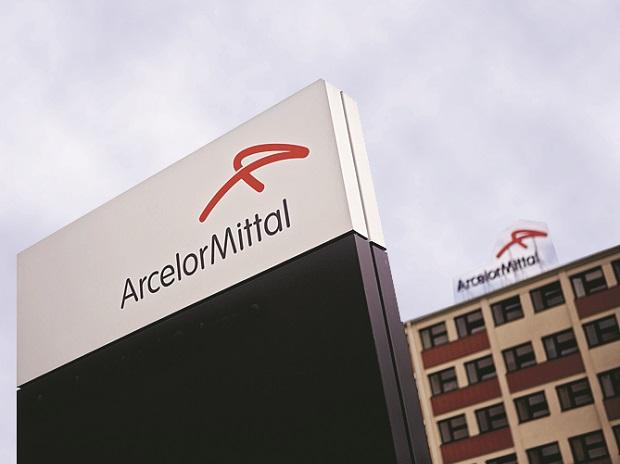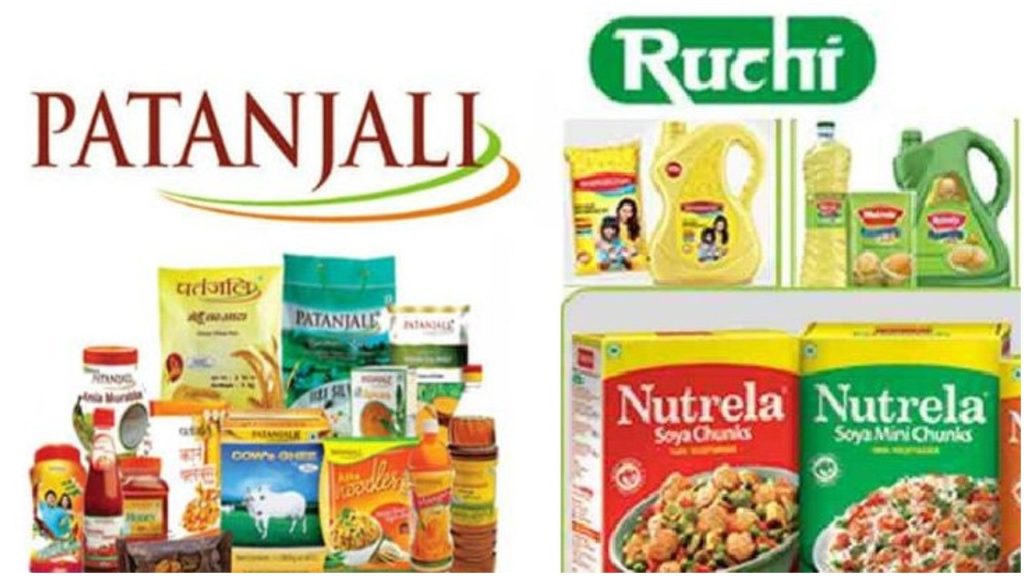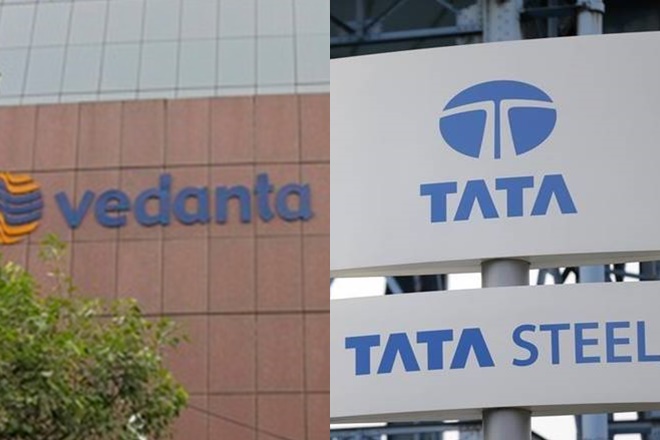The Insolvency and Bankruptcy Code, 2016 has been one of the most impactful laws to be promulgated in India. The speed that has been seen in the resolution process of the IBC is unthinkable compared to any other legislation. Despite hits and misses, the IBC is aimed at early corporate debt resolution and value maximization of debtors’ assets. However, gaps in the IBC ecosystem and infrastructure bottlenecks have slowed down the process.
Apart from delays due to legal disputes, there have been issues that are being settled as the law, still in its infancy, requires interpretation when it comes to the spirit of the legislation. In several instances, it has been subjected to a variety of interpretations and reinterpretations by the various benches of the NCLT, the NCLAT and the Supreme Court, resulting in a roadblock to its effective implementation.
There have been a lot of debates with regards to various sections under the IBC, Section 29A being the most hotly debated section with alterations and changes every now and then. It prevents defaulter promoters and related parties making them ineligible from bidding for stressed assets of the companies and their businesses that are the subject matter of insolvency under the Code. The entire argument around restricting promoters from bidding for the assets of the Corporate Debtors was centered around the moral hazard of promoters bidding for their own assets at steep discounts, thereby benefiting at the cost of the lenders. Therefore, a need arose to restrict such defaulting promoters to come back to power, and repeat history.
“If the blind lead the blind, both shall fall into the ditch”
Matthew 15:14 (quoted in the case of Swiss Ribbons vs Union of India)
Section 29A is a negatively prescribed list, and enumerates person who cannot be a resolution applicant
The judiciary has a major role to play in this with regards to the interpretation of this section keeping in mind the spirit of the legislation. This analysis goes through the section and discusses the following relevant points with the help of below mentioned cases :
- Are the Courts carrying the interpretation of section 29A too far?
- Does Section 29A need more clarity?
- Are the courts adhering to the objectives of the Code?
CASES DECIDED U/S 29A:
1. Essar Steel Case

Section 29A was interpreted for the first time in this case. There was a bidding war for the insolvent company Essar Steel India Limited between Arcelor Mittal India Private Limited and Numetal Limited. At the resolution stage, the resolution professional disqualified both ArcelorMittal and Numetal. ArcelorMittal was found to have been the promoter or exercised control over two companies, Uttam Galva Steels Limited and KSS Petron Limited, which owed dues to banks and financial institutions that remain unpaid. In the case of Numetal, it was found that the company was established in the lead up to the resolution of Essar Steel and that it was essentially controlled by Rewant Ruia, who is the son of Ravi Ruia (one of the promoters of Essar Steel). The National Company Law Tribunal (NCLT) affirmed the resolution professional’s disqualification of both bidders. On appeal, however, the National Company Law Appellate Tribunal (NCLAT) agreed with ArcelorMittal’s disqualification, but came to a different conclusion regarding Numetal because Rewant Ruia had by then divested his Numetal interests in favour of VTB, a Russian entity. It was against this decision that ArcelorMittal approached the Supreme Court.
In its elaborate ruling that addresses various aspects of section 29A and extends to broader areas of the law such as lifting the corporate veil and defining corporate control, the Supreme Court found that both bidders were trapped within the confines of the disqualification in the provision. Exercising its powers under Article 142 of the Constitution of India, the Supreme Court ordered that both bidders need to clear the dues owed in respect of other companies forming part of their group if they wished to submit fresh resolution plans, which they must do within two weeks. Abiding by the order of the Curt, ArcelorMittal cleared off the said dues and re-submitted a resolution plan which was then accepted.
2. Ruchi Soya Case

In December 2017, NCLT admitted the bankruptcy petition filed by Standard Chartered Bank and DBS against Ruchi Soya and had appointed Shailendra Ajmera as the RP. Financial bids were submitted by two namely Adani Wilmar and Patanjali out of which Adani Wilmer had a higher bidding value. However, Patanjali had challenged the bidding process with the argument that Adani Wilmar’s resolution plan violated Section 29A of the IBC. Section 29A, which lays down the eligibility criteria for bidders of an insolvent asset, has been widely used for accounts under resolution. In most cases, bidders have been deemed ineligible due to past defaults.
But in the case of Ruchi Soya, Patanjali says that Adani Wilmar was ineligible because of who the company’s managing director is married to.
Pranav Adani, the managing director of Adani Wilmar and a member of the promoter family, is married to Namrata Adani. Namrata Adani is the daughter of Vikram Kothari, the promoter of Rotomac Group. Earlier this year, Kothari was arrested by the Central Bureau of Investigation after Bank of Baroda complained of a fraud perpetrated by the Rotomac Group.
Section 29A says that a resolution applicant is ineligible to submit a resolution plan if “connected” to a person who meets any of the ineligibility criteria. The definition of “connected person” makes reference to “related party” which in turn lists “relatives”. That list includes:
(i)members of a Hindu Undivided Family, (ii) husband, (iii) wife, (iv) father, (v) mother, (vi) son, (vii) daughter, (viii) son’s daughter and son, (ix) daughter’s daughter and son, (x) grandson’s daughter and son, (xi) granddaughter’s daughter and son, (xii) brother, (xiii) sister, (xiv) brother’s son and daughter, (xv) sister’s son and daughter, (xvi) father’s father and mother, (xvii) mother’s father and mother, (xviii) father’s brother and sister, (xix) mother’s brother and sister, and wherever the relation is that of a son, daughter, sister or brother, their spouses shall also be included.’
Patanjali had claimed that these provisions when read together would make Adani Wilmar ineligible to bid due to the marriage between Pranav Adani and the daughter of the defaulting promoter of the Rotomac group. Later, Patanjali also wrote to the CoC and the resolution professional raising concerns about the manner in which the resolution professional’s counsel had conducted itself. Law firm Cyril Amarchand Mangaldas had acted as legal adviser for Shailendra Ajmera, the resolution professional in the case, and also for Adani Wilmar. According to Patanjali, this led to conflict of interest.
3. Vedanta & Tata Steel Case

In an order that combined appeals against insolvency proceedings of Bhushan Steel Ltd. and Electrosteel Steels Ltd., the NCLAT found the respective successful resolution applicants Tata Steel Ltd. and Vedanta Ltd. eligible to submit bids. The appellants, Renaissance Steel India Pvt. Ltd. in the Electrosteel matter and Neeraj Singhal and others in the Bhushan Steel case, had cited previous convictions of companies related to the bidders as grounds for ineligibility to bid under the Insolvency and Bankruptcy Code.
Renaissance cited Vedanta’s connection to Konkola Copper Mines. The miner, a subsidiary of Vedanta Resources PLC (parent of Vedanta Ltd.), was found guilty of flouting environmental norms by the Zambia government and was fined. In the case of Tata Steel, its U.K. subsidiary was penalised under the British law for violation of the U.K. Health and Safety at Work Act. That was cited by the appellants as grounds for Tata Steel’s ineligibility to bid for Bhushan Steel.
In both cases, the National Company Law Appellate Tribunal found that the offences were not severe and don’t attract the disqualification criteria laid down under Section 29A (d) of the insolvency code. Section 29A lists criteria for ineligibility of resolution applicants. The provisions state that if the applicant, or a person acting in concert with it or a connected party to it, has been convicted of a crime punishable by imprisonment of two years or more, it is ineligible to participate in the insolvency resolution process. It applies even if such a conviction has been made under foreign laws.
As the offences of both Vedanta Resources-owned Konkola Copper Mines and Tata Steel U.K. were found to be less severe than those deemed ineligible under the insolvency code, both the bidders were found to be eligible to submit resolution plans in the respective insolvency resolution cases of Electrosteel and Bhushan Steel.
The order clears the way for Vedanta to takeover Electrosteel and for Tata Steel ongoing acquisition of Bhushan Steel, unless the appellants move the Supreme Court.
4. Swiss Ribbons v Union of India

The Hon’ble Supreme Court, in its landmark ruling in Swiss Ribbons vs. Union of India, has upheld the constitutional validity of section 29A. In the application moved by Swiss Ribbons, section 29A, a “disqualifier section” was alleged to be unconstitutional as it was in apparent breach of “right to equality” under article 14 of our Constitution. Questions were raised on the grounds that the presumed “vested interest” and malfeasance by all promoters, without differentiating between the unscrupulous and the good is unlawful and hence, the “blanket ban” imposed by the Code on all promoters per se, stands constitutional. It was further argued that by negating the promoters as class, the genuine promoters who are capable to outdo the bids of other resolution applicants are also aggrieved. On consideration of the arguments put forward, the Hon’ble Supreme Court observed that section 29A of the Code includes in its purview those persons or class of persons who unfit or are considered to be unfit for acquiring, managing and/or reviving the business of the corporate debtor in question, viz. insolvent persons, persons managing accounts which have been classified as NPA etc. Further, so far as maximization of value by genuine promoters in considered, the Code now provides a window by way of section 12A for withdrawal of the corporate debtor from CIRP. Section 29A of the Code was hence upheld as good in its entirety, whilst tapering the scope of the “related parties” who have to be tested for the disqualification.
The Code has been designed to find the best possible way out for an ailing entity- it was meant to be more inclusive in approach. However, the reach of Section 29A extends to three layers and may lead to exactly opposite results. The intent of the Code was not to restrict genuine applicants, but only to exclude participation from habitual miscreants or applicants who might themselves be sick. However, 29A may result in elimination of persons who might be interested in buying stakes in the entity.
Although the Apex Court has already upheld the validity of the provision, irrespective of whether the default was an act of malfeasance not; the lawmakers as well as the judiciary might need to relook the entire scenario from a different perspective. Even the Bankruptcy Law Review Committee took note of the fact that “some business plans will always go wrong”, and “above all, bankruptcy law must give honest debtors a second chance, and penalize those who act with mala fide intentions in default”.
Hence there is a need for balanced interpretation and implementation of 29A, failing which it might be difficult to adhere to the objectives of the Code. Judicial Review and not Judicial Restraint, is the need of the hour for 29A.
Click here to read our article on Critical Analysis of Section 29A













